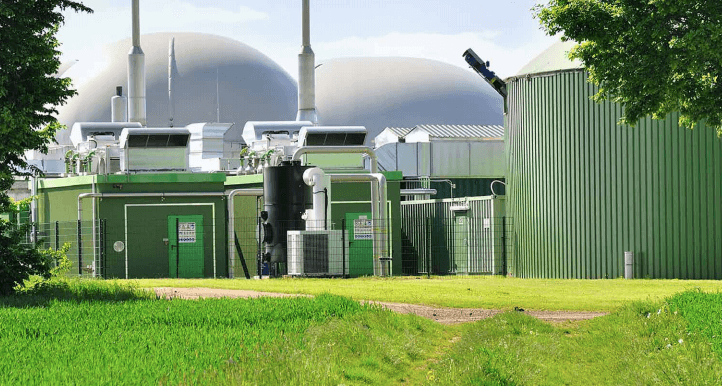Summary
The project involved the design, construction and successful operation of a commercial demonstration facility for the conversion of inedible plant material (biomass) into a bio-crude oil with similar characteristics to traditional fossil crude.
Key results
The project confirmed the underlying economic assumptions of the technology were sound, paving the way for the next stage in the commercialisation process.
Need
The cost effective conversion of inedible plant material (called biomass) into liquid fuels could help to reduce Australia’s reliance on fuel imports as well as significantly reduce carbon dioxide emissions from the transport industry.
Learn more
Project innovation
The project involved the design, construction and successful operation of a commercial demonstration facility for Licella’s Catalytic Hydrothermal Reactor (Cat-HTR) process which converts biomass into a bio-crude oil with similar characteristics to traditional fossil crude.
It examined issues associated with designing and constructing a facility ten times larger than Licella’s pilot facility, determined the best operating environment for the Cat-HTR process and assessed which biomass was most effective.
By testing different types of biomass including radiata pine, banna grass and macroalgae, the project found the technology to be highly flexible and can produce bio-crude oil from any biomass given a consistent supply.
The project also confirmed the underlying economic assumptions of the technology were sound, paving the way for the next stage in the commercialisation process.
Applications were made for six patents on the technology during the course of the project.
Benefit
Licella’s bio-crude oil can be blended with fossil crude oil and processed through traditional refineries to deliver sustainable transportation and potentially aviation fuels whilst using existing distribution infrastructure.




